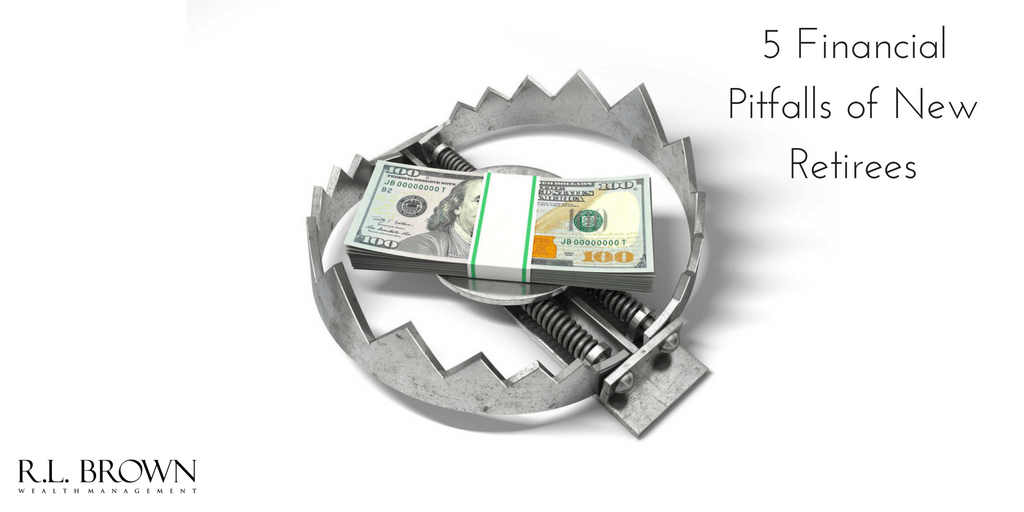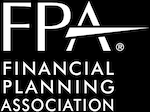Find out how your 401(k) works after you retire, including when you are required to begin taking distributions and the tax impact of your withdrawals. Author Claire Boyte-Wright outlines five different options people will have with such accounts once they’ve retired.
Depending on your age at retirement, you may elect to start taking qualified distributions. Alternatively, you may choose to let your account continue to accumulate earnings until you are required to begin taking distributions by the terms of your plan. If you retire early and wish to continue contributing to your retirement savings through some other means, you can roll over a 401(k) into an individual retirement account (IRA).
Qualified Distributions
If you retire after age 59.5, you can begin taking distributions from your 401(k) at your discretion. You may elect to take regular distributions in the form of an annuity, either for a fixed period or over your anticipated lifetime, or to take non-periodic or lump sum investments.
When you take distributions from your 401(k), the remainder of your account balance remains invested according to your previous allocations. This means that the length of time over which payments can be taken, or the amount of each payment, depends on the performance of your investment portfolio.
If you take qualified distributions from a traditional 401(k), all distributions are subject to your current ordinary income tax rate. If you have a designated Roth account, however, you have already paid income taxes on your contributions so they are not subject to taxation upon withdrawal. Roth accounts allow earnings to be distributed tax-free as well, given that the account holder is over 59.5 and has held the account for at least five years.
Let It Lie
You are not required to take distributions from your account as soon as you retire. While you cannot continue to contribute to a 401(k) held by a previous employer, your plan administrator is required to maintain your plan if you have more than $5,000 invested. Anything less than $5,000 will trigger a lump-sum distribution, but most people nearing retirement have more substantial savings accrued.
If you have no need of your savings immediately after retirement, there’s no reason not to let your savings continue to earn investment income. If you do not take any distributions from your 401(k), then you are not subject to any taxation.
Required Minimum Distributions
While you don’t need to start taking distributions from your 401(k) the minute you stop working, you must begin taking required minimum distributions (RMDs) by April of the year you turn 70.5. Some plans may allow you to defer distributions until the year you retire, if you retire after age 70.5, but it is not common.
If you wait until you are required to take your RMDs, you must begin taking regular, periodic distributions calculated based on your life expectancy and account balance. While you may withdraw more in any given year, you cannot withdraw less than your RMD.
If You Want to Keep Building
If you want to continue contributing to your retirement savings, but cannot continue to contribute to your 401(k) after retirement, you can elect to roll over your account into an IRA. While you can contribute to a Roth IRA for as long as you like, you cannot contribute to a traditional IRA after you reach age 70.5.
To execute a rollover of your 401 (k), you can elect to have your plan administrator distribute your savings directly to a new or existing IRA. Alternatively, you can elect to take the distribution yourself. However, you must deposit the funds into your IRA within 60 days to avoid paying taxes on the income. Traditional 401(k) accounts must be rolled over into traditional IRAs, while designated Roth accounts must be rolled into Roth IRAs.
Like 401(k) distributions, withdrawals from a traditional IRA are subject to your normal income tax rate the year in which you take the distribution. Withdrawals from Roth IRAs are completely tax-free if they are taken after you reach age 59.5 and if you have contributed to any Roth IRA for at least five years. IRAs are subject to the same RMD regulations as 401(k)s and other employer-sponsored retirement plans.
For more information about your financial options in retirement, read my blog 4 Tax-Friendly Retirement Withdrawal Strategies.







